Elbows are pipe fittings used at pipe bends. Common processes for forming seamless elbows include hot pressing, stamping, and extrusion. Do you know the difference between hot-pressed and stamped elbows? Let's take a look!
Let's first examine the characteristics of stamped elbows:
1. Stamping is characterized by its reliance on a die and stamping equipment to complete the process. High-speed pressure can reach hundreds or even thousands of times per minute, and each stamping stroke produces a single stamped part. Therefore, stamping processes are easily mechanized and automated, resulting in high production efficiency and convenient operation.
2. Stamping typically produces no chips or scrap, consumes less material, and requires no additional heating equipment. The cost of stamped parts is low. Therefore, stamping is a material-saving and energy-efficient processing method.
3. Stamping can produce parts with a wide range of sizes and more complex shapes. The cold deformation and hardening effects of the material during the stamping process, as well as the high strength and rigidity of the stamped parts, are also reduced.
4. During the stamping process, the die ensures the dimensional and shape accuracy of the stamped part and generally does not damage the surface quality of the stamped part. This results in stable stamping quality, good interchangeability, and generally a long die life.
Basic knowledge about stamped elbows:
Quenching increases the strength and hardness of steel, so when quenching elbows, it's necessary to reduce their plasticity. Quenching agents such as water, oil, alkaline water, and salt solutions are commonly used.
Differences between Hot-pressed and Stamped Elbows
1. Different Process Flows
Hot-pressed elbows are formed by heating the pipe, processing it through specialized equipment, then cutting and heating it to above the critical temperature. After a period of holding, the pipe is quickly placed in a quenching agent to abruptly reduce its temperature and rapidly cool at a rate greater than the critical cooling rate.Stamped elbows are made by using a plate made from the same material as the pipe, stamping it into a semicircular shape using a stamping die, and then welding the two semicircular elbows together.
2. Different Production Times
Hot-pressed elbows have a relatively slow production time and require a certain temperature to reach zero.
Stamped elbows, produced by stamping, rely on a die and stamping equipment. Each stamping stroke produces a single part, and the high-speed pressure can reach hundreds or even thousands of times per minute. Therefore, stamped elbows have higher production efficiency and take less time than hot-pressed elbows.
3. Different Production Hazards
Hot-pressed elbows are formed at high temperatures, requiring high temperatures and potentially causing burns.
Stamped elbows, produced by fully automatic machines, require less labor.
Okay, that's all about the characteristics of stamped elbows and the differences between hot-pressed and stamped elbows. Do you understand?
Which is more durable, a hot-pressed elbow or a stamped elbow?
In general, hot-pressed elbows are more durable than stamped elbows. This is because hot-pressed elbows are formed integrally at high temperatures, resulting in a denser, more streamlined metal structure with no internal welds or stress concentration points, resulting in higher strength and fatigue resistance. Stamped elbows, on the other hand, are typically formed by stamping and welding separate pieces, which can easily cause stress and corrosion at the welds, resulting in relatively lower overall pressure resistance and service life. Therefore, in high-temperature, high-pressure, or corrosive environments, hot-pressed elbows are significantly more durable than stamped elbows.






 English
English Español
Español بالعربية
بالعربية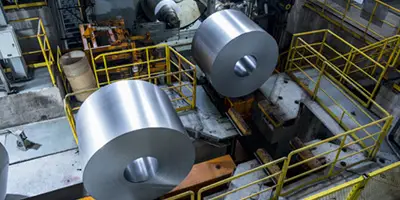
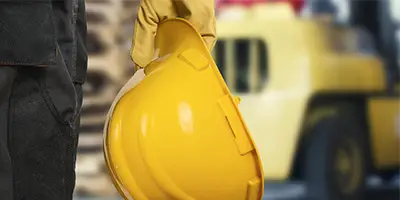
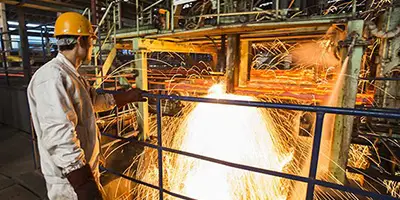
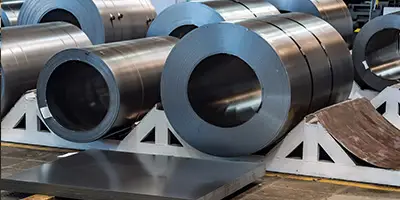

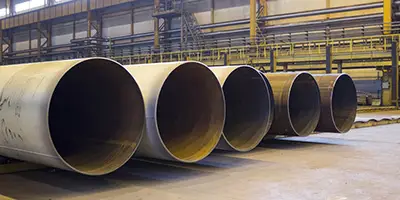
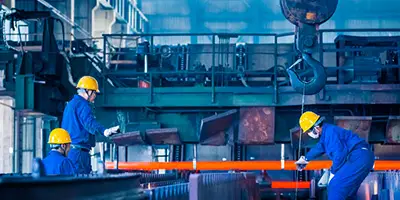
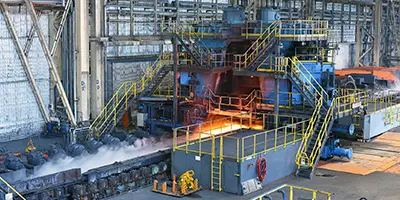
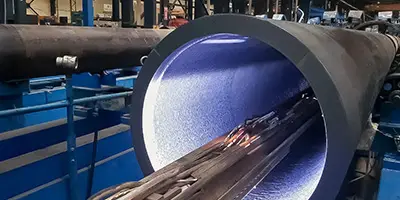
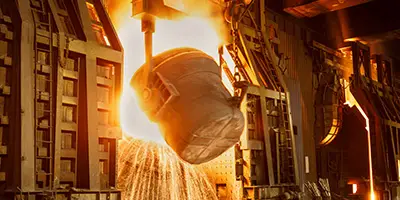

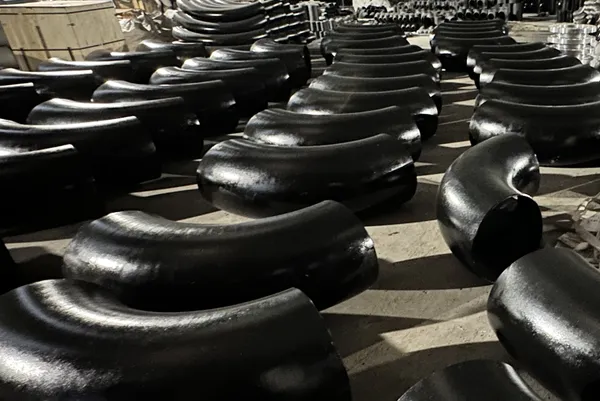
 Phone :
Phone :  Whatsapp :
Whatsapp :  Email :
Email : 


